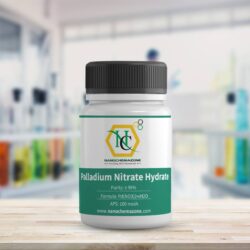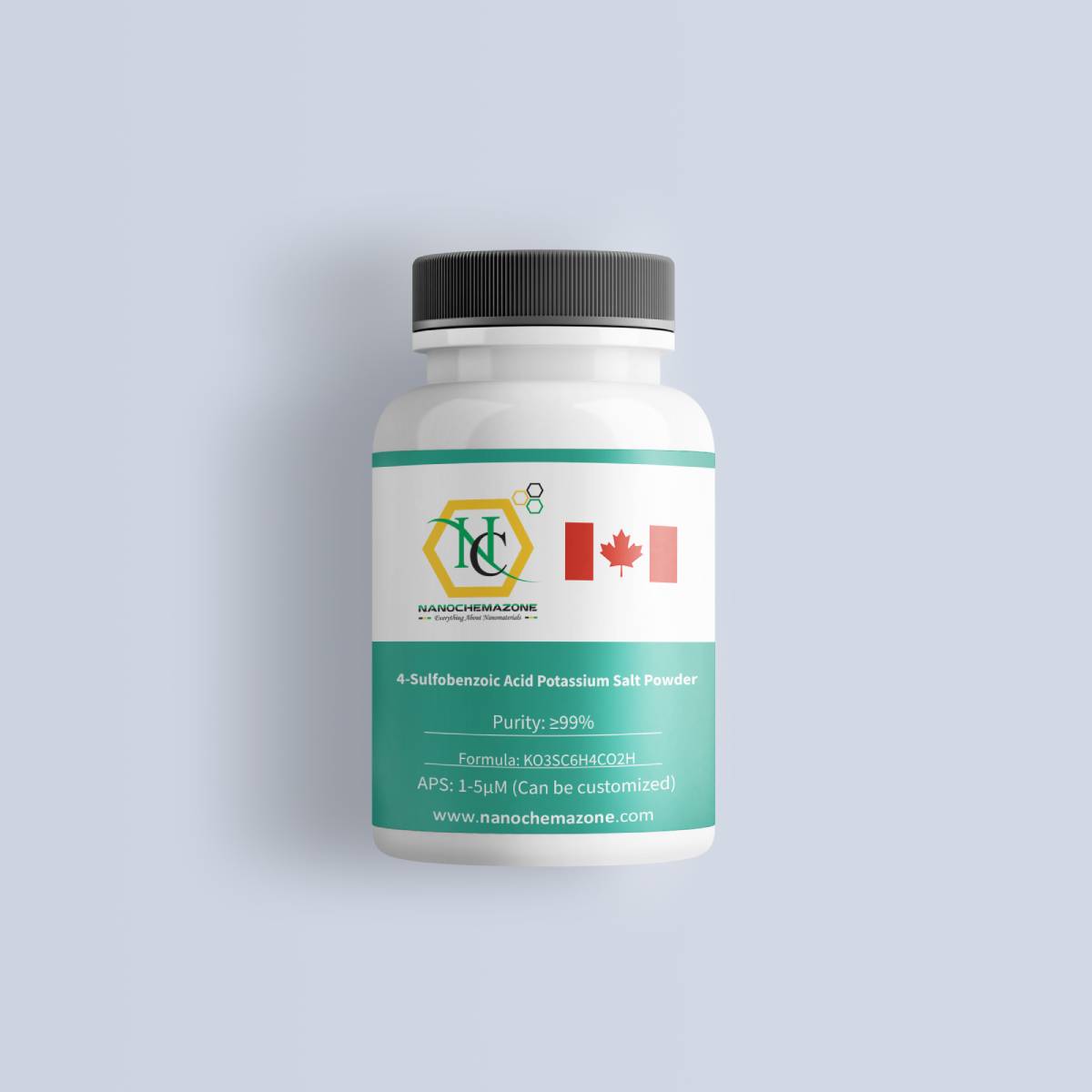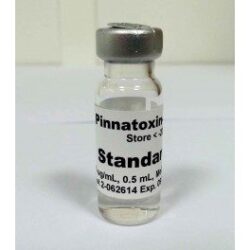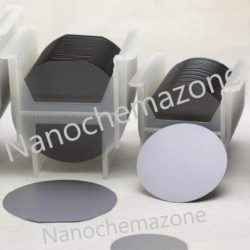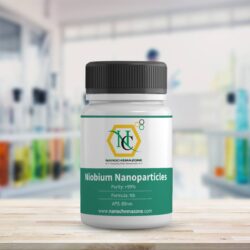Propylene Carbonate Powder
$0.00
In StockPropylene Carbonate Powder
| Product |
Propylene Carbonate Powder |
| CAS No. | 108-32-7 |
| Appearance | Powder |
| Purity | ≥99% |
| APS | 1 to 5 (μM) Customizable |
| Ingredient | C4H6O3 |
| Product Code | NCZ-NP-470/23 |
| Molecular Weight | 102.09 g/mol |
| Density | N/A |
Propylene Carbonate Powder Description
Propylene Carbonate Powder is generally immediately available in most volumes. Nanochemazone produces to many standard grades when applicable, including Mil Spec (military grade); ACS, Reagent and Technical Grade; Food, Agricultural and Pharmaceutical Grade; Optical Grade, USP and EP/BP (European Pharmacopoeia/British Pharmacopoeia) and follows applicable ASTM testing standards. Typical and custom packaging is available, as is additional technical and safety (MSDS) data. Please contact us for information on lead time and pricing above.
Propylene Carbonate Powder Information
Storage Conditions:
Airtight sealed, avoid light and keep dry at room temperature.
Please contact us for customization and price inquiry
Email: contact@nanochemazone.com
Note: We supply different size ranges of Nano and micron as per the client’s requirements and also accept customization in various parameters.
Description
Description
Note: For pricing & ordering information, please contact us at sales@nanochemazone.com
Please contact us for quotes on Larger Quantities and customization. E-mail: contact@nanochemazone.com
Customization:
If you are planning to order large quantities for your industrial and academic needs, please note that customization of parameters (such as size, length, purity, functionalities, etc.) is available upon request.
NOTE:
Images, pictures, colors, particle sizes, purity, packing, descriptions, and specifications for the real and actual goods may differ. These are only used on the website for the purposes of reference, advertising, and portrayal. Please contact us via email at sales@nanochemazone.com or by phone at (365) 888-7013 if you have any questions.




